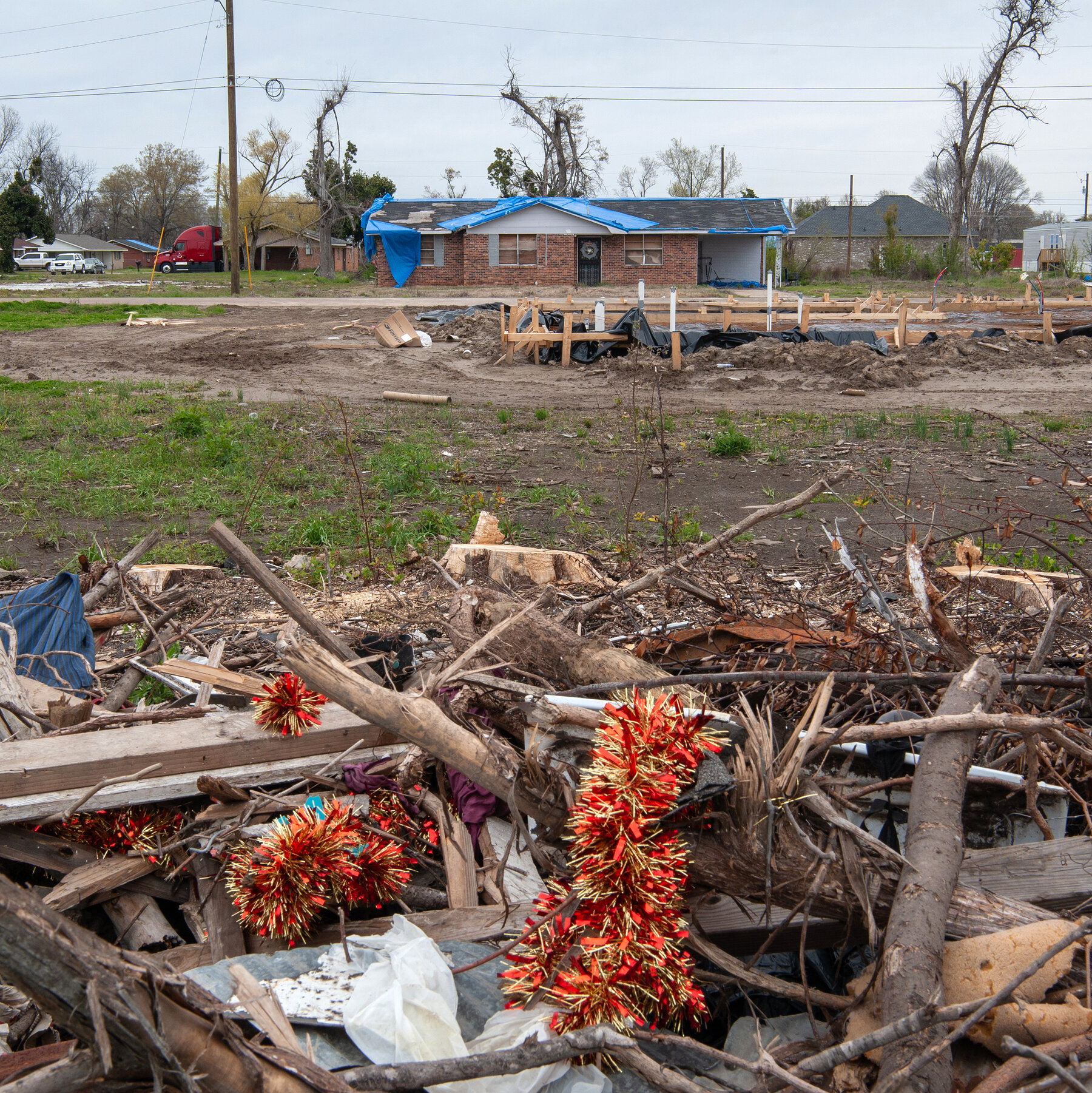Trump Announces Plan to Open Over a Billion Acres of U.S. Waters to Oil and Gas Drilling
What the Interior Department Proposal Entails
The Interior Department has unveiled a sweeping initiative that would make more than one billion acres of federal waters available for offshore oil and gas drilling. If implemented, the proposal would represent the most expansive expansion of domestic fossil‑fuel extraction in the history of the United States.
Key Objectives Behind the Move
According to officials, the plan aims to:
- Boost American energy independence by increasing domestic production.
- Generate significant federal revenue through leases and royalties.
- Create thousands of jobs in the drilling, transportation, and support sectors.
Geographic Scope
The targeted areas span the Atlantic, Gulf of Mexico, Pacific, and Arctic coasts, covering both shallow and deep‑water zones that have previously been off‑limits to commercial extraction.
Political and Environmental Reactions
The proposal has ignited a fierce debate. Supporters, including many members of Congress and industry leaders, argue that expanding offshore drilling is essential for national security and economic growth. Critics, ranging from environmental groups to several coastal states, warn that the move could threaten marine ecosystems, increase greenhouse‑gas emissions, and jeopardize tourism and fishing industries.
Next Steps
The plan now heads to the White House for final approval before it can be presented to Congress. If lawmakers pass the necessary legislation, the Interior Department will begin a multi‑year process of leasing the newly opened waters, conducting environmental reviews, and issuing drilling permits.
Potential Impact on the Energy Market
Analysts suggest that unlocking such a massive offshore resource base could lower domestic fuel prices and reduce reliance on imported oil. However, they also caution that market dynamics, global oil prices, and the ongoing transition to renewable energy will heavily influence the ultimate effectiveness of the policy.







